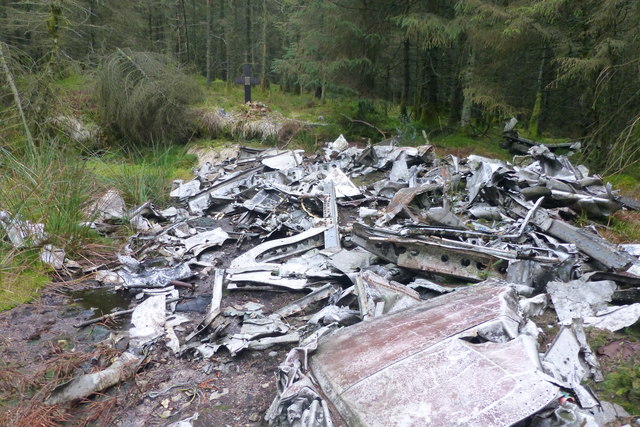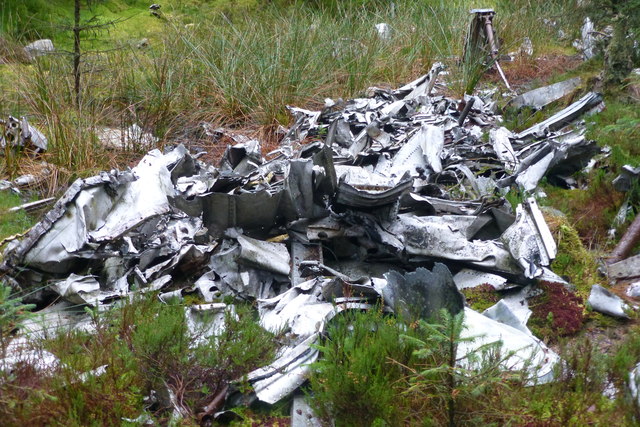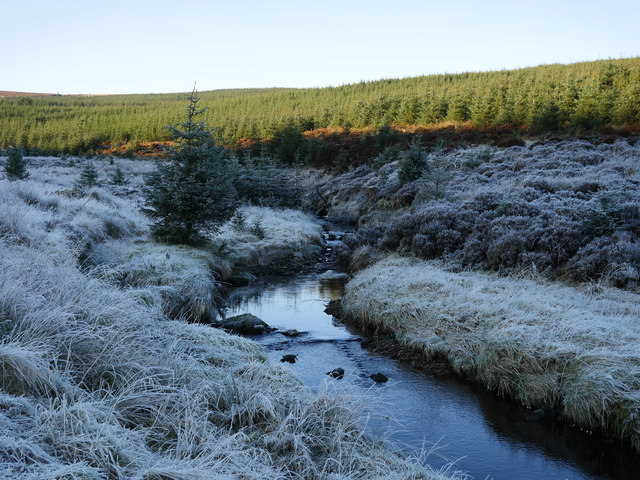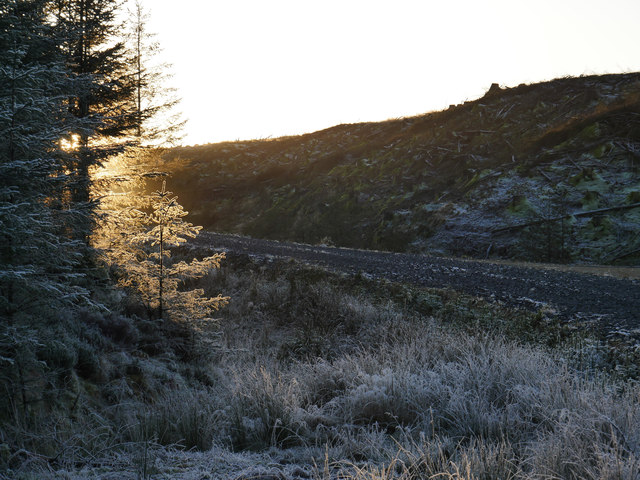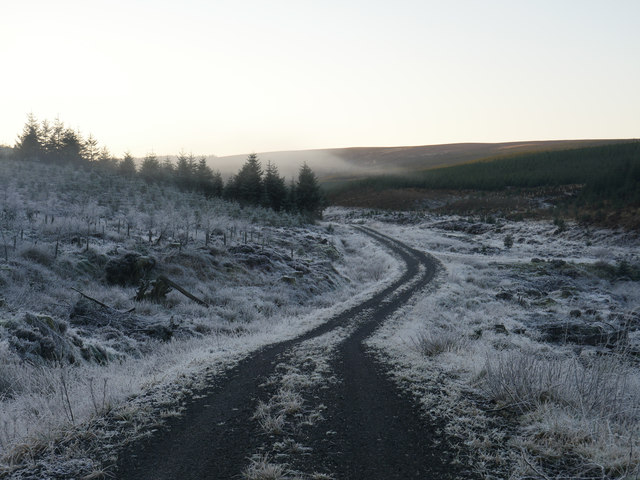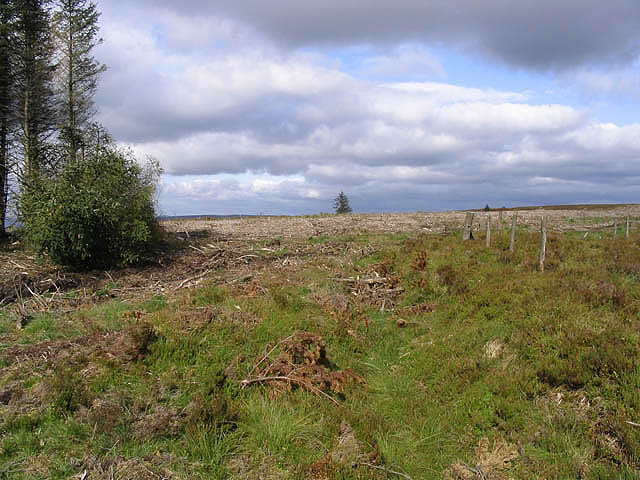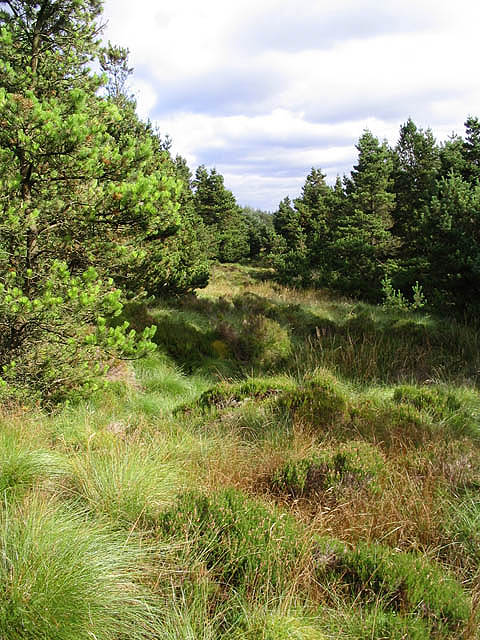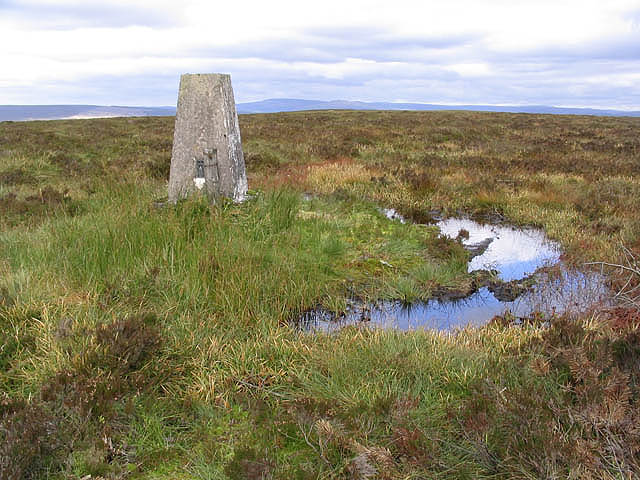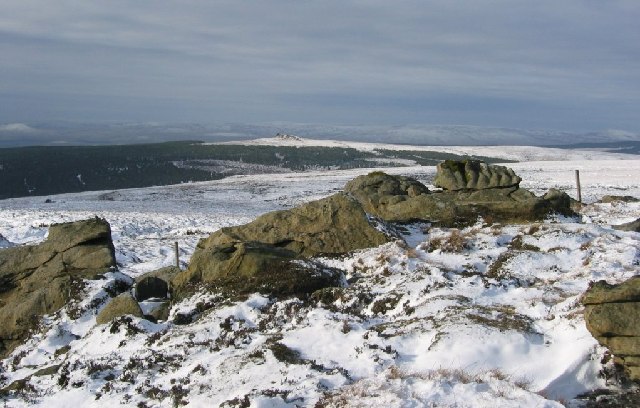The Border Forest Park
Downs, Moorland in Northumberland
England
The Border Forest Park
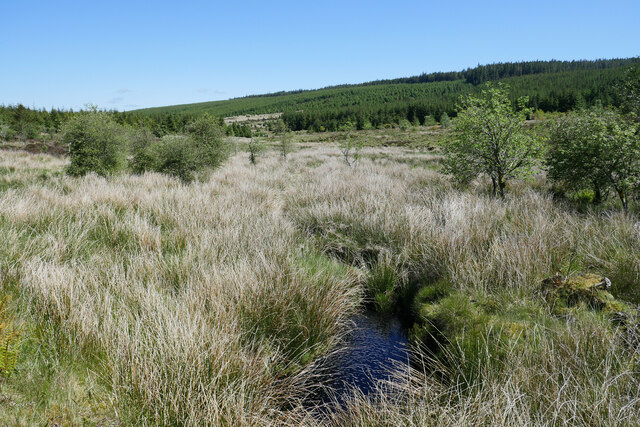
The Border Forest Park in Northumberland is a vast and diverse area of natural beauty, encompassing downs, moorland, and forests. Located near the English-Scottish border, the park offers stunning views of the surrounding countryside and is a popular destination for outdoor enthusiasts.
The park is home to a variety of wildlife, including red squirrels, deer, and a wide range of bird species. Visitors can explore the park on foot or by bike, with numerous trails and paths winding through the landscape. The park is also a designated Dark Sky Park, making it an excellent spot for stargazing on clear nights.
In addition to its natural beauty, the Border Forest Park has a rich history, with ancient ruins and archaeological sites scattered throughout the area. Visitors can learn about the park's past at the various interpretive displays and visitor centers located within the park.
Overall, the Border Forest Park offers a peaceful and scenic escape from the hustle and bustle of city life, making it a must-visit destination for nature lovers and outdoor adventurers.
If you have any feedback on the listing, please let us know in the comments section below.
The Border Forest Park Images
Images are sourced within 2km of 55.171894/-2.657467 or Grid Reference NY5886. Thanks to Geograph Open Source API. All images are credited.
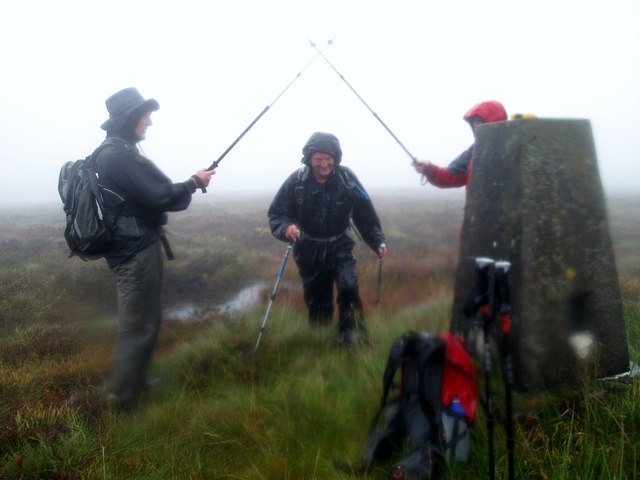
![Handley Page Halifax DK116 crash site, Glendhu Hill The crash site on Glendhu Hill, which wasn't forested at the time of the crash on 15 October 1944. The crew of Halifax DK116 (1667 HCU) had taken off from RAF Sandtoft near Scunthorpe on a cross country navigation exercise when the port inner engine caught fire. Attempts to extinguish the fire were unsuccessful and the crew prepared to bail out. However, only three of the crew managed to leave before the aircraft dived into Glendhu Hill in the Kielder Forest, Northumberland, barely a mile from the Scottish border.
Various reports suggest the pilot put the Halifax into a dive in an attempt to put the fire out but from which it failed to recover and/or that the remaining crew tried to save the life of the rear gunner who was allegedly trapped in his turret. However, after the three men bailed out no-one knows for sure what happened.
CREW
Killed
P/O Herbert George Haddrell (Pilot, aged 30)
Sgt John Neilson (Flight Engineer, aged 24)
W/O Maurice Fredrick James (Air Gunner, aged 22)
W/O Geoffrey Symonds (Air Gunner)
Survived
Sgt John Mahony (Navigator, aged 22) [Killed in action six months later]
Sgt Reid (Wireless Operator)
Sgt Hammond (Air Gunner)
One of the four Bristol Hercules engines was dug out from under 20' of peat in the 1970s.](https://s1.geograph.org.uk/geophotos/06/35/85/6358509_f49b7d82.jpg)
![An oil cooler from Handley Page Halifax DK116 An oil cooler from one of the four Bristol Hercules engines still identifiable at the crash site. Glendhu Hill which wasn't forested at the time of the crash on 15 October 1944. The crew of Halifax DK116 (1667 HCU) had taken off from RAF Sandtoft near Scunthorpe on a cross country navigation exercise when the port inner engine caught fire. Attempts to extinguish the fire were unsuccessful and the crew prepared to bail out. However, only three of the crew managed to leave before the aircraft dived into Glendhu Hill in the Kielder Forest, Northumberland, barely a mile from the Scottish border.
Various reports suggest the pilot put the Halifax into a dive in an attempt to put the fire out but from which it failed to recover and/or that the remaining crew tried to save the life of the rear gunner who was allegedly trapped in his turret. However, after the three men bailed out no-one knows for sure what happened.
CREW
Killed
P/O Herbert George Haddrell (Pilot, aged 30)
Sgt John Neilson (Flight Engineer, aged 24)
W/O Maurice Fredrick James (Air Gunner, aged 22)
W/O Geoffrey Symonds (Air Gunner)
Survived
Sgt John Mahony (Navigator, aged 22) [Killed in action six months later]
Sgt Reid (Wireless Operator)
Sgt Hammond (Air Gunner)
One of the four Bristol Hercules engines was dug out from under 20' of peat in the 1970s.](https://s1.geograph.org.uk/geophotos/06/35/85/6358521_f8a6bee4.jpg)
![An undercarriage wheel from Handley Page Halifax DK116 An undercarriage wheel still is identifiable at the crash site. Glendhu Hill which wasn't forested at the time of the crash on 15 October 1944. The crew of Halifax DK116 (1667 HCU) had taken off from RAF Sandtoft near Scunthorpe on a cross country navigation exercise when the port inner engine caught fire. Attempts to extinguish the fire were unsuccessful and the crew prepared to bail out. However, only three of the crew managed to leave before the aircraft dived into Glendhu Hill in the Kielder Forest, Northumberland, barely a mile from the Scottish border.
Various reports suggest the pilot put the Halifax into a dive in an attempt to put the fire out but from which it failed to recover and/or that the remaining crew tried to save the life of the rear gunner who was allegedly trapped in his turret. However, after the three men bailed out no-one knows for sure what happened.
CREW
Killed
P/O Herbert George Haddrell (Pilot, aged 30)
Sgt John Neilson (Flight Engineer, aged 24)
W/O Maurice Fredrick James (Air Gunner, aged 22)
W/O Geoffrey Symonds (Air Gunner)
Survived
Sgt John Mahony (Navigator, aged 22) [Killed in action six months later]
Sgt Reid (Wireless Operator)
Sgt Hammond (Air Gunner)
One of the four Bristol Hercules engines was dug out from under 20' of peat in the 1970s.](https://s2.geograph.org.uk/geophotos/06/35/85/6358534_9497a45b.jpg)
![Looking over Handley Page Halifax DK116 crash site to the summit of Glendhu Hill The crash site on Glendhu Hill, which wasn't forested at the time of the crash on 15 October 1944. The crew of Halifax DK116 (1667 HCU) had taken off from RAF Sandtoft near Scunthorpe on a cross country navigation exercise when the port inner engine caught fire. Attempts to extinguish the fire were unsuccessful and the crew prepared to bail out. However, only three of the crew managed to leave before the aircraft dived into Glendhu Hill in the Kielder Forest, Northumberland, barely a mile from the Scottish border.
Various reports suggest the pilot put the Halifax into a dive in an attempt to put the fire out but from which it failed to recover and/or that the remaining crew tried to save the life of the rear gunner who was allegedly trapped in his turret. However, after the three men bailed out no-one knows for sure what happened.
CREW
Killed
P/O Herbert George Haddrell (Pilot, aged 30)
Sgt John Neilson (Flight Engineer, aged 24)
W/O Maurice Fredrick James (Air Gunner, aged 22)
W/O Geoffrey Symonds (Air Gunner)
Survived
Sgt John Mahony (Navigator, aged 22) [Killed in action six months later]
Sgt Reid (Wireless Operator)
Sgt Hammond (Air Gunner)
One of the four Bristol Hercules engines was dug out from under 20' of peat in the 1970s.](https://s2.geograph.org.uk/geophotos/06/35/85/6358546_70476186.jpg)
![Handley Page Halifax DK116 crash debris Debris just downslope from the main crash site on Glendhu Hill (which wasn't afforested at the time).
15 October 1944. The crew of Halifax DK116 (1667 HCU) had taken off from RAF Sandtoft near Scunthorpe on a cross country navigation exercise when the port inner engine caught fire. Attempts to extinguish the fire were unsuccessful and the crew prepared to bail out. However only three of them managed to leave before the aircraft dived into Glendhu Hill in the Kielder Forest, Northumberland, barely a mile from the Scottish border.
Various reports suggest the pilot put the Halifax into a dive in an attempt to put the fire out but from which it failed to recover and/or that the remaining crew tried to save the life of the rear gunner who was allegedly trapped in his turret. But really after the 3 men bailed out no-one knows for sure what happened.
CREW
Killed
P/O Herbert George Haddrell (Pilot, aged 30)
Sgt John Neilson (Flight Engineer, aged 24)
W/O Maurice Fredrick James (Air Gunner, aged 22)
W/O Geoffrey Symonds (Air Gunner)
Survived
Sgt John Mahony (Navigator, aged 22) [Killed in action six months later]
Sgt Reid (Wireless Operator)
Sgt Hammond (Air Gunner)
One of the engines was dug out under 20' of peat in the 1970s.](https://s2.geograph.org.uk/geophotos/06/35/85/6358558_bed08683.jpg)
The Border Forest Park is located at Grid Ref: NY5886 (Lat: 55.171894, Lng: -2.657467)
Unitary Authority: Northumberland
Police Authority: Northumbria
What 3 Words
///arranger.clays.wishes. Near Langholm, Dumfries & Galloway
Nearby Locations
Related Wikis
Scottish Marches
Scottish Marches was the term used for the Anglo-Scottish border during the late medieval and early modern eras, characterised by violence and cross-border...
Sighty Crag
Sighty Crag is a hill in the southern part of the Kielder Forest region in northern England, a region which also includes its fellow Marilyns of Peel Fell...
Dinlabyre
Dinlabyre is a village on the B6357 in Liddesdale, on the edge of the Newcastleton Forest, close to Castleton, in the Scottish Borders area of Scotland...
HMS Standard (shore establishment)
HMS Standard was a British Royal Navy shore establishment between 1942 and 1945. Situated well away from the sea near Kielder in Northumberland, the base...
Have you been to The Border Forest Park?
Leave your review of The Border Forest Park below (or comments, questions and feedback).


